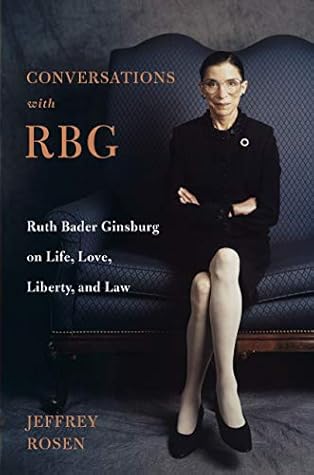More on this book
Community
Kindle Notes & Highlights
Read between
October 10 - October 13, 2024
She viewed her advocacy not as a crusade for abstract principles but as a fight for justice for individual men and women disadvantaged by laws that discriminated on the basis of sex.
If I asked you the question: Who counted among “We the People” when our Constitution was new? Well, not very many people. Certainly, I wouldn’t count. Certainly not people who were held in human bondage. And not even most men, because you had to be a property owner as well.
Today, pro-choice scholars, advocates, and citizens, including millions of young women, have embraced her emphasis on equality, rather than privacy, as the soundest constitutional foundation for the right to choose.
After Justice O’Connor’s retirement in 2006, she said many times that she feared that Roe would be narrowed and that the greatest effect would be felt by poor women who lived in areas where access to abortion was already limited.
And if Roe were overturned, how bad would the consequences be? RBG: It would be bad for nonaffluent women.
The Texas law was the most extreme in the nation. A woman did not have access to an abortion unless it was necessary to save her life. It didn’t matter that it would ruin her health, it didn’t matter that the pregnancy was the result of a brutal rape or incest.
My idea of how choice should have developed was not a privacy notion, not a doctor’s right notion, but a woman’s right to control her own destiny, to be able to make choices without a Big Brother state telling her what she can and cannot do.
Adult women are able to make decisions about their own lives’ course no less than men are.


